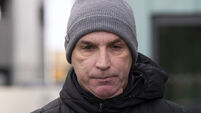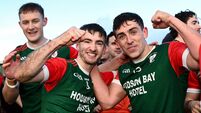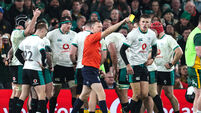Eoin Cadogan: The toughest to mark in the business
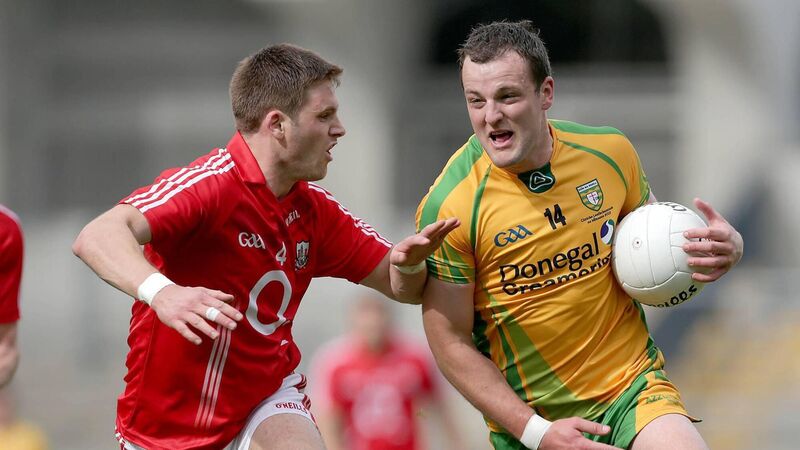
Different dimension: Donegal's Michael Murphy presented one of the toughest challenges in Eoin Cadogan's career. Picture: INPHO/Morgan Treacy
I met John Kiely at the Cork v Kilkenny league semi-final and we chatted briefly about different games. I mentioned to him that he has one of the hardest hitting forwards I've marked in Gillane. If you want to mix it with this guy he will 100% mix it back and will tackle as hard as I've felt.
After we played them in the 2019 championship I was physically unable to train 'til the following Sunday. Just physically battered. He will position himself centrally in front of the goalkeeper and dart towards that open pocket of space on the left which is typically cleared out by the wing forward. Due to the space in front, sometimes you just have to take a step out and hope when the ball is about to be delivered the wing back sees a red jersey instead of green.
Aerially, this guy is lethal as I found out early one year in a Waterford Crystal game. If you are side by side or even a step ahead under a high ball he will pivot in around the back and with his unorthodox style play you from behind, catching the sliotar with his right hand. It’s in the back of the net before your feet can hit the ground.
Of course he will remind you of every score but that’s what I liked about him. At times there was more talking than hurling done between us and I’m no angel myself when it came to a few words.
When this guy is on form he makes Limerick tick. He’s the orchestrator when it comes to their puckout set-up and enjoys a turnover as much as scoring.
Another inside forward who in 2014 was simply unmarkable, as myself and Michael Shields found out in Pairc Uí Chaoimh. Injuries hampered his career but you could find yourself twisted inside out by his movement.
An aspiring forward might read this as being about his movement with the ball but it’s the opposite. I could safely say James would make five to six runs before getting the ball. The key being that the third, fourth, fifth and sixth runs were made with the same intent and energy as the first.
Some forwards make lung-bursting runs away from goal or out towards the 45 and for a defender the further these guys are away from goal the better. James' runs went laterally over 10-20 metres, before he put on the breaks and cut back to go again across the face of goal.
As he gathered the ball on the bounce he'd pivot on the spot to face you head-on and go towards goal rather than running an arc. His solo was very close to the foot and hand, which reduced the chance of a defender getting a hand in, and could kick off both feet making an over-committed defender look silly. For long high balls into Donaghy on the edge of the square he used to change the direction of his run last-minute, losing defenders and inevitably getting a handpass or a break before finishing.
Another man who needs serious watching all of the time. If you feel for a second you're doing well on him that’s when he pops up out of nowhere. There are no theatrics with this guy only hurling, but similar to Gillane, when he’s on the inside under the aerial ball he can cause havoc. As the ball travels in he uses his power and strength to back into you knowing there’s a contest coming. Also catching the sliotar with his right hand, he's cute enough to realise that I hold the hurley in my right and isn’t afraid to hold onto it while we compete, before promptly leaving go and snatching the ball from the sky.
When he plays in the half-forward line he’s a drifter. If you've been given a detailed man-marking job, which Kilkenny want, he creates space for others. No different to James O'Donoughue off the ball, he changes direction as the ball is hit into the inside line. He usually runs as close as possible to the man who has received the ball so the defender's run is blocked off for that pop pass.
The Donegal man brought a very different dimension to the others mentioned above. Standing at 6”2', he brings power, strength and physicality with and without possession.
If you wanted to describe a team player, use Murphy. Leading the charge in the full-forward line, his spatial awareness to bring other forwards into the game is what made him different.
Typically, he is man-marked and knows that if he runs hard out of the square the defender will commit fully to tracking the run, leaving space for McBrearty to dart onto the ball.
The run wouldn’t finish there. As soon as the ball was gone past him and his marker he would loop back in using the defender as an anchor to pivot off and come back in as a support option.
As a defender, you rarely want to get caught beside him under a high ball because he would use his strength and power to blow you off the ball. When Donegal hit that famous Karl Lacey style floating ball, if you stood static, Murphy’s ability to rotate behind the defender and get a hand to the ball is as good as I've experienced.
But parking his football ability, I saw first-hand during the International Rules series what a leader this guy is. Very few words mainly action, but when he did speak it was always a word of encouragement or an expectation we'd raise our standards.
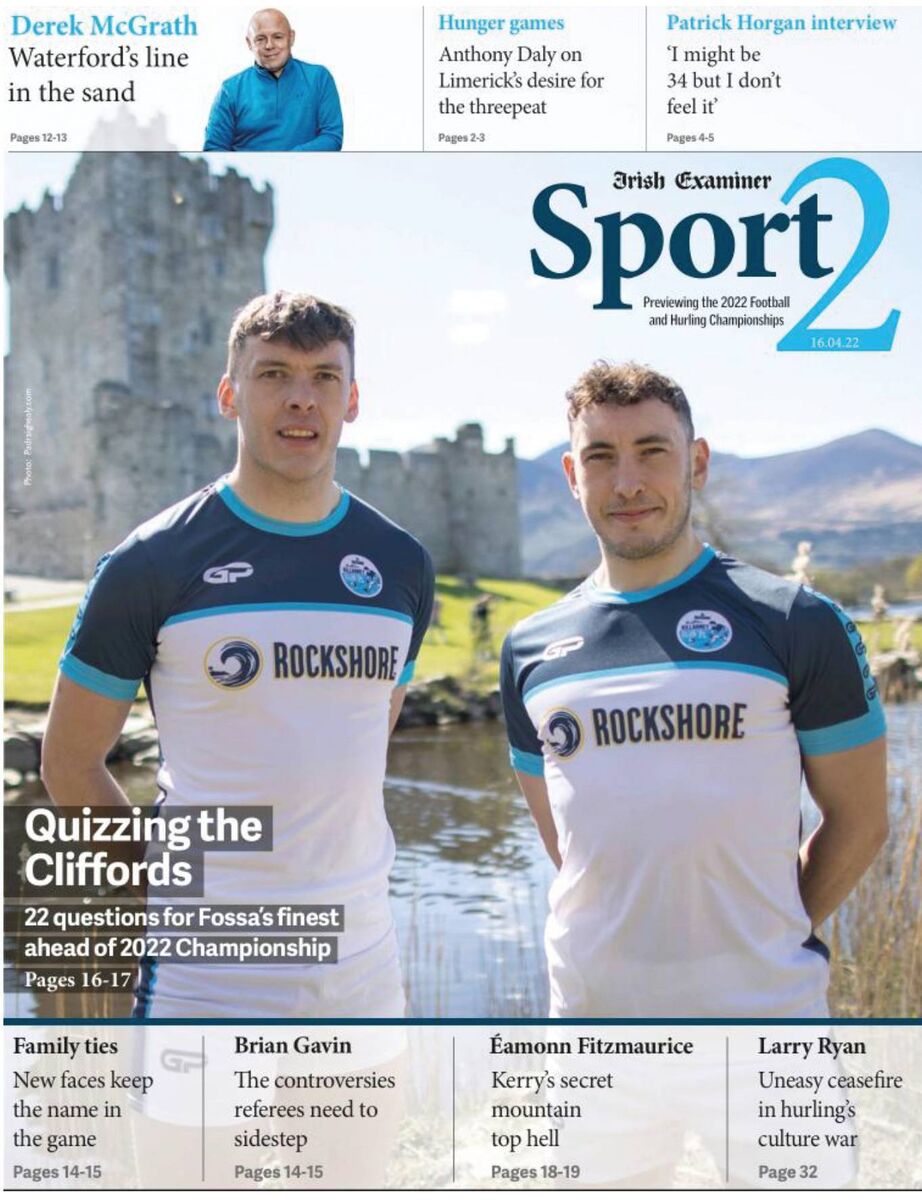
*Read our exclusive 32 page GAA Championship supplement in Saturday's Irish Examiner. Featuring expert analysis from Anthony Daly, Éamonn Fitzmaurice, Derek McGrath, Liam Sheedy, Eoin Cadogan, and Gary Brennan.



